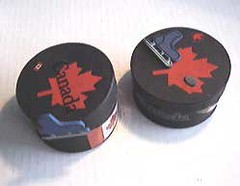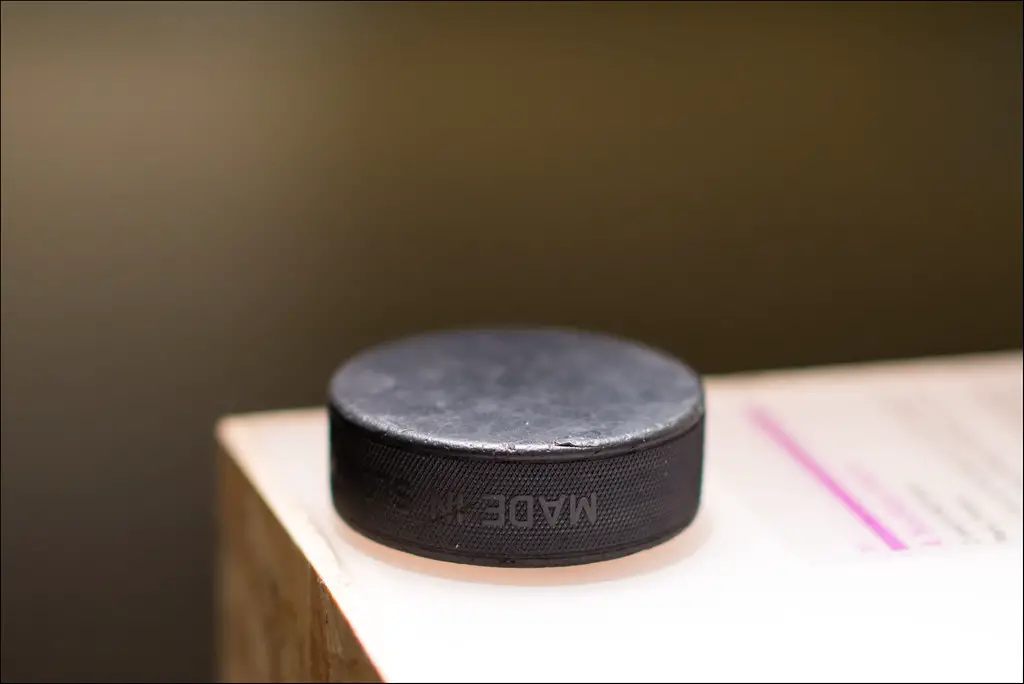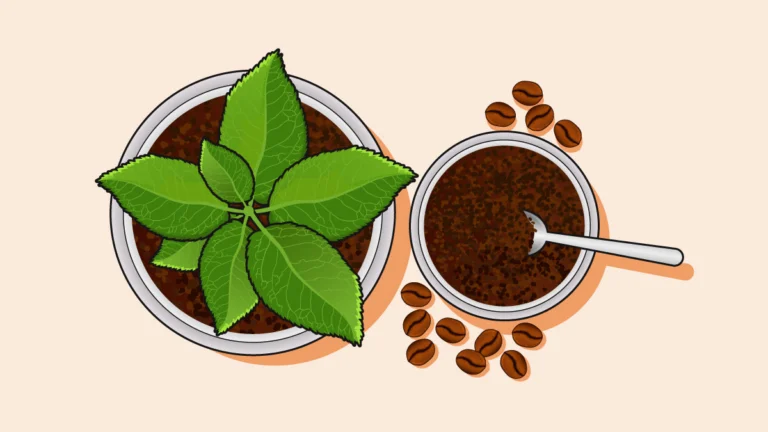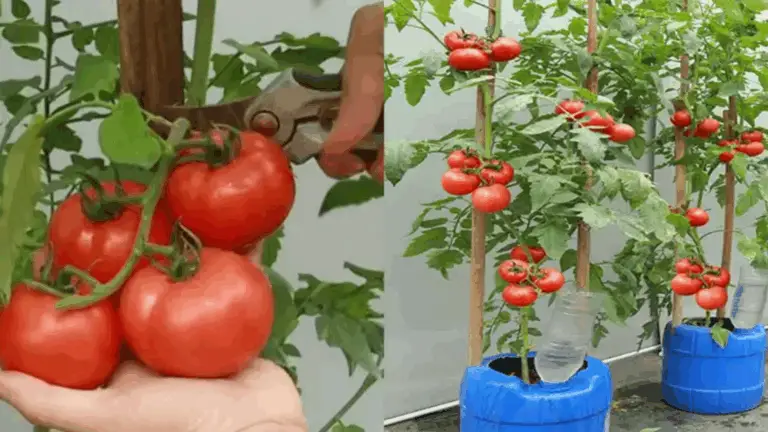Understanding the Mold Design in Hockey Puck Production
Hockey, as a sport, is defined by speed, skill, and finesse. And at the heart of this can be found a small and seemingly unassuming component – the hockey puck. The puck is not just a passive participant on the ice; it is the fulcrum around which the game pivots. Understanding how these pucks are made, particularly the role that mold design plays, offers insights into the meticulous engineering involved in shaping every detail of a player’s experience.
Hockey players, from amateurs to professionals, can gain a greater appreciation for the tool they use on the ice by considering the nuances of mold design. Whether you’re a player seeking to understand equipment better or a hockey enthusiast with a penchant for industry details, this in-depth exploration is tailored to inform and engage you with the craft behind your favorite game.

Role of Mold Design in Hockey Puck Production
At first glance, a hockey puck might seem like a simple object. But its design is far from rudimentary, and every aspect of it is precision-engineered to influence its performance on the rink. The puck, which serves as the mediator between player, stick, and goal, must meet stringent standards to ensure fair play and safety.
Impact on Durability
A well-designed mold ensures the integrity of the puck’s construction, a critical element for a sport where the puck often reaches high speeds and is subject to rough play. The material composition and mold shape can determine whether a puck can withstand the impact of slapshots without compromising its structure or becoming misshapen over time. Durability is not just about the material lifespan but also its ability to maintain its original properties to a high degree.
Performance
Technically speaking, a puck’s design influences its performance characteristics, including its weight, balance, and how it interacts with the ice. Mold design can enhance sliding efficiency, ensuring the puck glides smoothly and predictably for more consistent gameplay. The familiar “slapshot sound” that resonates on a successful strike against the puck can be attributed, in part, to the acoustics influenced by the mold design.
Consistency
Consistency is king in competitive sports. Mold design contributes to producing pucks that are identical in every way, allowing players to practice and play with a level of predictability that’s necessary for skill improvement and fair contests. A fractured puck should be a rare anomaly, not a common occurrence, and this consistency in manufacture is a hallmark of good mold design.
Factors Influencing Mold Design
The slightest tweak to a mold’s design can have profound effects on the final product. Several factors must be considered and balanced to create the ideal hockey puck mold.

Material Selection
The material used influences the puck’s performance, cost, and manufacturing process. Vulcanized rubber compounds are often the choice for their resilience and elasticity, but newer materials are being tested to push the boundaries of performance and durability.
Shape and Size
Every detail of the puck’s shape is crucial, from the curvature of the edges to the flatness of the faces. They affect the puck’s aerodynamics and how it reacts with sticks, ice, and the air.
Surface Texture
Texture also plays a significant role. A puck’s surface must allow for some sliding resistance to facilitate play while being smooth enough to minimize ice contact and maintain speed. The right balance prevents the puck from sticking to the ice excessively, especially in warmer climates or rinks with subpar conditions.
Technological Innovations in Mold Design
Today’s tool for tomorrow’s pucks doesn’t look anything like it did a few decades ago. Technological advancements have not just streamlined the manufacturing process but have also enabled designers to push the boundaries of what’s possible in terms of puck performance.
3D Printing
Additive manufacturing, commonly known as 3D printing, has been a game-changer in mold production. It allows for rapid prototyping and the creation of complex geometries that were previously not feasible with traditional machining methods. Designers can now quickly produce and test different puck design iterations to find the optimal mold characteristics.
CAD Software Advancements
Computer-aided design (CAD) software continues to improve, giving designers more powerful tools to create and analyze mold designs. With each generation, the precision, flexibility, and feature sets of CAD software make it easier to translate design concepts into functional molds.
Case Studies in Hockey Puck Production
To bring the importance of mold design to life, we can look at how top manufacturers have used it to innovate and create pucks that have become the standard in the industry.
NHL Official Game Pucks
The NHL official game pucks are the result of a meticulous mold design process that ensures every puck used in professional games meets the highest standards. These pucks have undergone multiple iterations to fine-tune their design, with an emphasis on producing a consistent and high-performing product.
AHL and Other Leagues
Other professional and amateur leagues also benefit from advanced mold design. Pucks used in the developmental AHL, for example, may incorporate design trends that eventually become mainstream, as the AHL serves as a testing ground for new technologies and materials.
Conclusion
Mold design is an integral, albeit unseen, part of the hockey puck’s story. It’s the behind-the-scenes craftsman that carves the tool for an athlete’s art. By understanding the influence that mold design can have on a hockey puck, players and fans alike can gain a deeper appreciation for the complexity that underpins the sport they love.
The next time you’re on the ice, consider the intricacies of the puck and how its mold design allows you to experience the exhilaration of hockey to its fullest. Whether it’s technology driving innovation or the tried-and-true methods that have stood the test of time, mold design ensures that every puck is not only a part of the game but an extension of the player’s passion and skill. Stay sharp on your game, and respect the puck—for there’s more than meets the eye.





